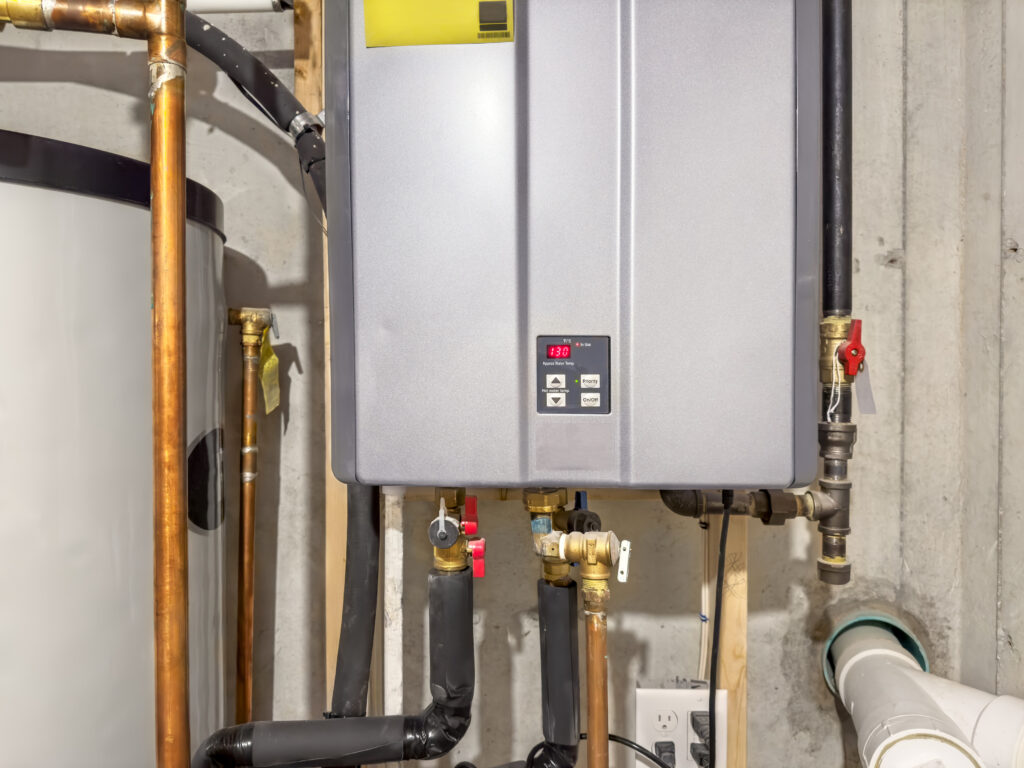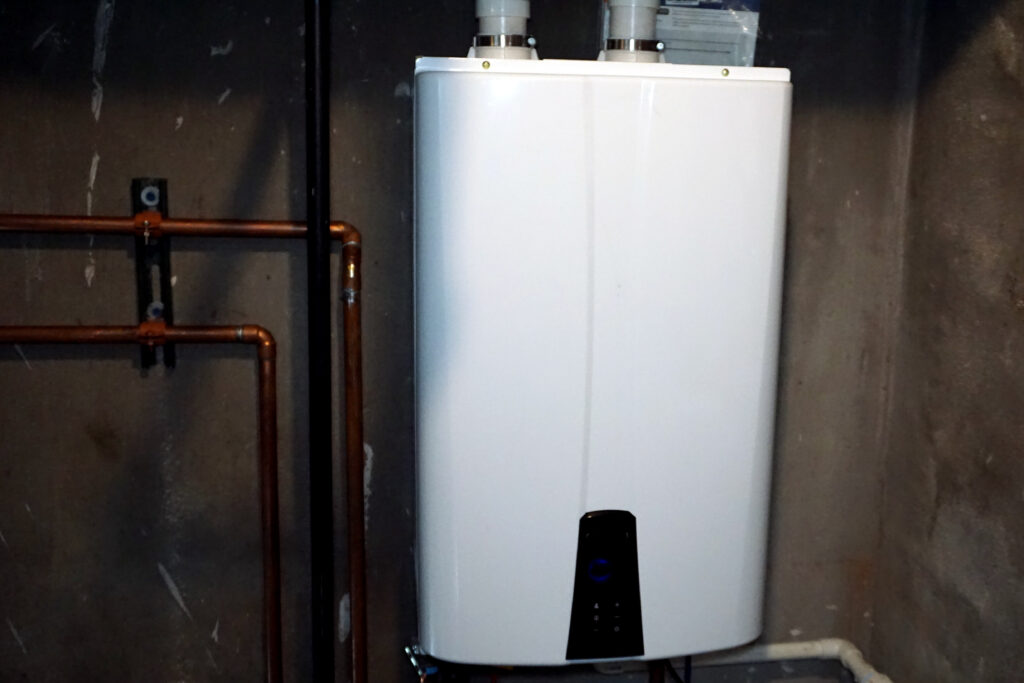EZ Roth Plumbing & Heating
Tankless Water Heater Installation & Repair in Los Angeles
Request Tankless Water Heater Services
Professional Tankless Water Heater Installation
At EZ Roth Plumbing & Heating, we specialize in tankless water heater installation, offering an energy-efficient alternative to traditional water heaters. Tankless water heaters, also known as on-demand water heaters, heat water directly without the need for a storage tank. This means you’ll enjoy a continuous supply of hot water while saving on energy costs. Our expert team can install tankless water heaters in your home or business, ensuring the unit is correctly sized and installed to meet your hot water needs. Whether you’re replacing an old water heater or upgrading to a tankless system, we offer professional installation of tankless water heaters to keep your hot water flowing efficiently.
Benefits of Installing a Tankless Water Heater
Choosing to install a tankless water heater comes with several benefits. These systems provide hot water on demand, which means no waiting for a tank to refill and reheat. Tankless water heaters are compact, making them ideal for homes with limited space. Plus, they reduce energy consumption by eliminating the need to continuously heat water in a storage tank. Whether you’re looking for an instant water heater installation or need to replace your traditional water heater with a tankless unit, our team will guide you through the process and help you choose the best option for your home.

Tankless Water Heater Repair & Maintenance
If your tankless water heater isn’t working as it should, our team is here to help with fast and reliable tankless water heater repair services. From inconsistent water temperatures to complete system breakdowns, our technicians are experienced in troubleshooting and repairing tankless water heaters. Whether it’s a gas tankless water heater or electric, we provide comprehensive repairs to restore your system’s efficiency. Regular maintenance is key to ensuring your tankless water heater operates at its best, and we offer routine check-ups to catch any issues before they become costly repairs.
Why Choose EZ Roth Plumbing & Heating for Tankless Water Heaters?
- Expert Installation: We specialize in installing tankless water heaters with precision and care, ensuring your system is set up for optimal performance.
- Comprehensive Repairs: Our skilled technicians are trained to handle all types of tankless water heater repairs, from minor fixes to major issues.
- Energy Efficiency: Switching to a tankless water heater can save you money on your energy bills, as these systems only heat water when needed, eliminating standby heat loss.

Tankless Water Heater Services in Los Angeles
For expert tankless water heater installation and repair services in Los Angeles, trust the team at EZ Roth Plumbing & Heating. Whether you’re installing a new system or need repairs on an existing unit, we’re committed to providing top-quality service that meets your hot water needs. Contact us today to schedule your tankless water heater service and start enjoying the benefits of an energy-efficient water heating system.
Request Water Heater Services in LA
More Los Angeles Water Heating Services from EZ Roth Plumbing & Heating
Residential Water Heater Installation & Repair
EZ Roth Plumbing & Heating offers expert residential water heater installation, repair, and maintenance services in Los Angeles, ensuring reliable hot water with efficient solutions tailored to your home's needs, from traditional tanks to energy-efficient units.
Commercial Water Heater & Boiler Installation & Repair
EZ Roth Plumbing & Heating provides expert commercial water heater and boiler installation, repair, and maintenance services in Los Angeles, ensuring reliable hot water and heating solutions tailored to meet the high-capacity demands of businesses and large facilities.

